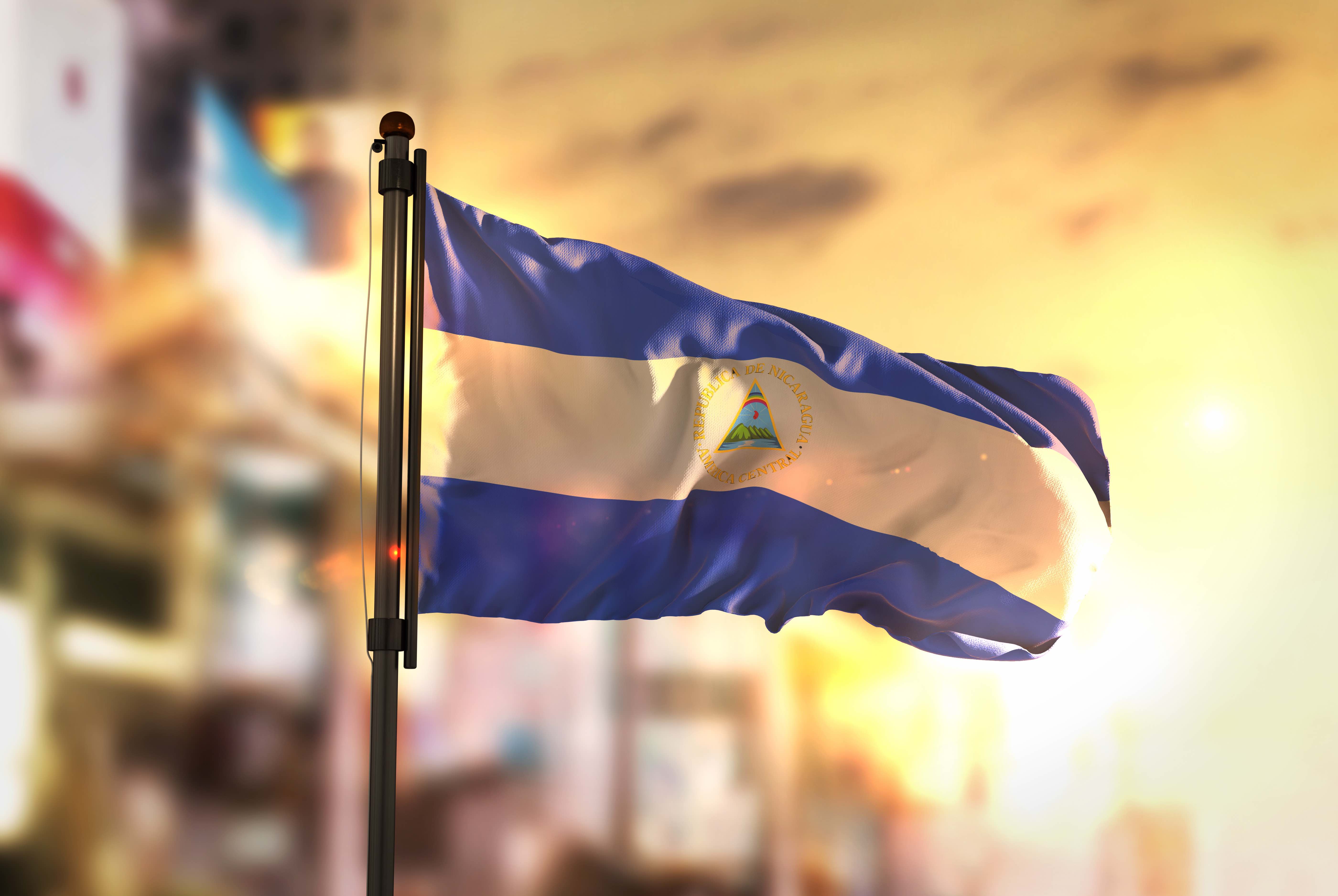More than 25 people have died in Nicaragua over a week of demonstrations that erupted into violent clashes among government forces and protestors, who range from students to senior citizens. An estimated 88 people wound up injured, although unverified social media accounts suggest these numbers could be much higher. Over the weekend, mass ransacking and looting also took place in several regions, and The New York Times reported that some Nicaraguans accused the government of staging the raids in order to justify using force against demonstrators.
While several coalescing tensions led to the current unrest, the tipping point seemed to occur when President Daniel Ortega passed reforms that would increase pension contributions from employers and contributors, while reducing the pensions of retirees by 5 percent. On Wednesday, hundreds of people – mostly pensioners –protested the changes in Managua, where they were reportedly met with violence from forces many believe to be pro-government gangs. Men in motorcycle helmets beat the crowds with metal pipes and electric cables, according to the BBC.
Although the pensions initially triggered rallies, the repression and violence against demonstrators ignited what Gonzalo Carrión, legal director of the Nicaraguan Center for Human Rights (Cenidh), described to Univision as “small insurrections” across the country. Some Nicaraguans have also used the opportunity to call negligence over a massive fire that damaged the Indio Maíz Biological Reserve and allege other instances of government corruption.
“Nicaragua has been a pressure cooker for years under Ortega… That’s all blowing up now; issues are overlapping and blurring. This isn’t just about taxes anymore. It’s pushback against a whole model of government, one many Nicaraguans think is oppressive and corrupt,” Tim Rogers, editor of the Nicaraguan Dispatch, tells Remezcla.
As the protests intensified and resulted in many deaths, the BBC reported that government buildings were set on fire – although by who remains a question — and police were deployed in several cities, where they were accused of firing live rounds on demonstrators. Journalist Ángel Gahona was shot dead in the region while filming the chaos on Facebook Live.
On Sunday, Ortega said he would reverse pensions reforms while calling an end to the violence. Meanwhile, an estimated 500 student protestors barricaded themselves at the Polytechnic University of Nicaragua, known as Upoli, afraid to go home for fear of retribution for police and pro-government forces. Between 9 p.m. and 10 p.m., the forces moved in on students, resulting in injuries that are still being reported on.
Coverage about Nicaragua in mainstream American media outlets has been minimal; much of the story has unfolded over social media as Nicaraguans turned their cameras outward to capture what was happening. Some students in Upoli spoke to Remezcla and passed along images to share, in hopes of combatting false narratives they accused the government of spreading. “They’ve called us vandals, gangster, etc. We initiated this in a peaceful way, and they began aggrieving and robbing civilians and journalists,” one man wrote over WhatsApp. On social media, many called for help worldwide, but others explained they weren’t looking for direct foreign intervention — they wanted a chance to tell their story and show the consequences of speaking out in their country. Other suggested donating medical supplies and money for calling cards and internet to communicate, something critical as TV channels were ordered off the air and rumors circulated of internet lines going down.
Below, are some scenes Nicaraguans have faced in the last week, compiled from social media accounts and images/videos sent to Remezcla via WhatsApp.
April 24 at 2:50 p.m. ET: This post has been update to include more information.
